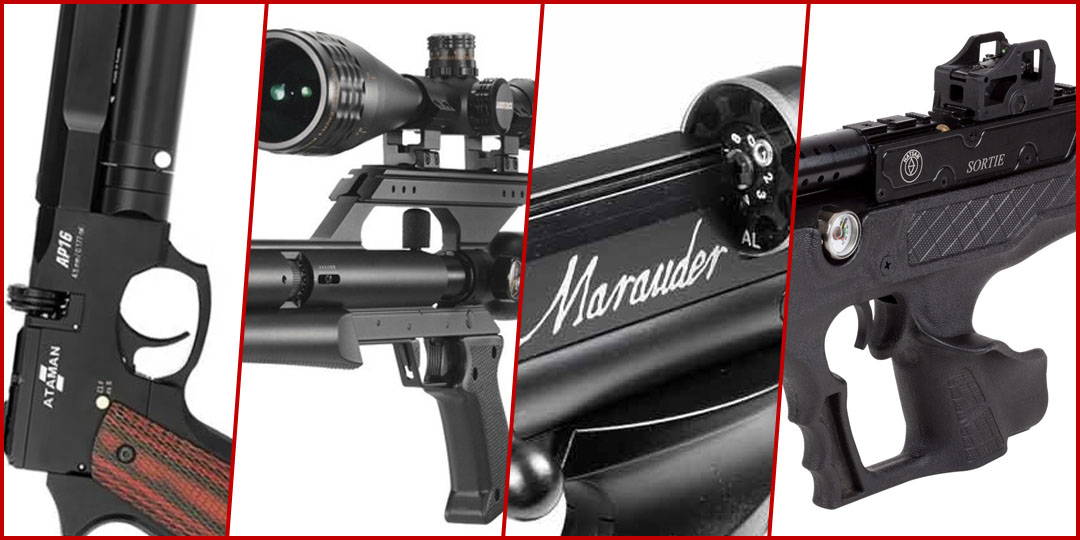Let's take a look at the practical side of this subject now. Firearms unleash massive amounts of energy on a given target. While there are some exotic airguns that can deliver 200, 300, or even 400 foot pounds of energy downrange, I've never been asked if one of these would be useful for self-defense. People are particularly interested in the $100+/- CO2 pellet pistols or bb pistols. These devices have a place, but it's not in personal defense.
Here are some simple numbers that illustrate the practical differences between a typical weapon and a standard bb pistol. We'll begin with the energy produced by a strong bb gun firing at 500 feet per second. I say powerful since most co2 bb guns shoot at far lower speeds, so we're giving this one the benefit of the doubt. When you combine the weight of a standard 5.1 grain bb with a velocity of 500 feet per second, you get a stunning 2.83 foot pounds. Let's take a step back and look at this from a different angle. The usually agreed upon minimum humane energy requirement for small wildlife such as squirrel and rabbit is approximately 8 foot pounds.
Here are some simple numbers that illustrate the practical differences between a typical weapon and a standard bb pistol. We'll begin with the energy produced by a strong bb gun firing at 500 feet per second. I say powerful since most co2 bb guns shoot at far lower speeds, so we're giving this one the benefit of the doubt. When you combine the weight of a standard 5.1 grain bb with a velocity of 500 feet per second, you get a stunning 2.83 foot pounds. Let's take a step back and look at this from a different angle. The usually agreed upon minimum humane energy requirement for small wildlife such as squirrel and rabbit is approximately 8 foot pounds. So, if a BB pistol only has a third of the energy required to put down a squirrel, could it ever be used to discourage someone intent on criminal activity? The answer is a straightforward "no."
"How about those strong PCP airguns I keep hearing about?" This is where we confront the final reason, cost, head on. Any airgun capable of generating adequate energy, at least on paper, would cost well over $1000. While the airgun itself may be $700 or $800, the means to fill it would very probably push you over the $1000 mark, making such an airgun unfeasible for home protection or self-defense. So, what is the solution?
The greatest solution is to do some soul searching within. If you are concerned about the need for a firearm to defend your home or yourself, you should consider if you are capable of using lethal force against someone if put in such scenario. It's not a simple question. If you don't think you'll be able to do it, the best option for you would be to not own a gun at all.
On the other hand, if you believe, after due consideration, that you would be willing to go to any length to protect your person, family, and/or property, there are various things you may do to prepare. The first thing I would recommend is to find someone who can help you grasp the subtleties of your state's laws regarding the use of a firearm for self-defense. Then, don't rush into a transaction. Rather, spend some time at your local gun shop and/or range researching what you believe will be the greatest fit for you. Finally, receive training on the product of your choice; the more training you obtain, the better.
And this is when airguns come in handy. There will most likely be numerous different airguns that are identical to the one you choose for your personal defense weapon. Umarex produces a wide range of replica airguns that have the same weight, feel, and functionality as their "genuine" firearm equivalents. The more trigger time you can get, the better you'll get. The proper usage of airguns can be extremely beneficial in this situation. In our next post, we'll go over how airguns can help with training and proficiency.





